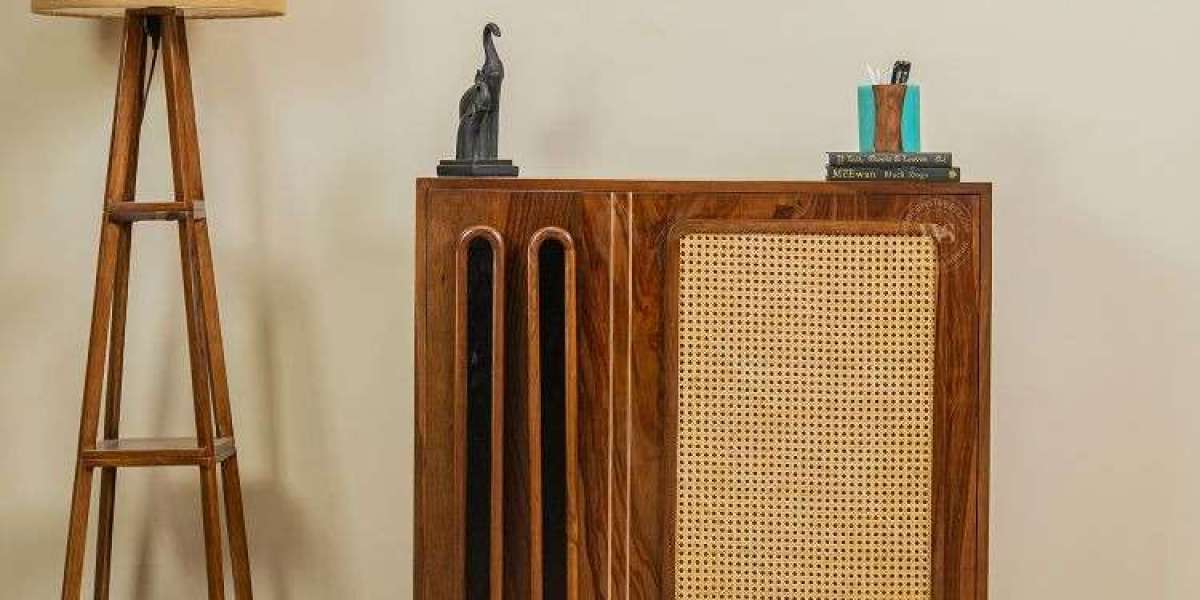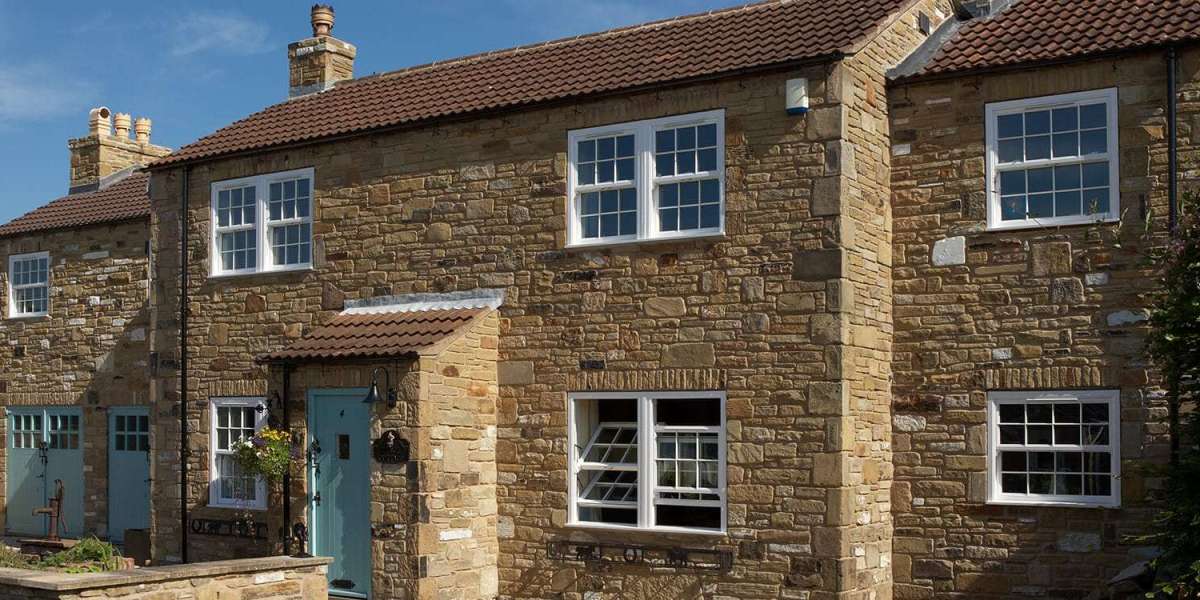A study table is more than just a piece of furniture; it is the foundation of an organized, productive, and inspiring learning space. For students, professionals, and even children, the right placement of a study table can make a significant difference in concentration, energy, and overall performance. While modern interior design emphasizes functionality and aesthetics, traditional Vastu Shastra offers guidelines to channel positive energy into your study space. A perfect balance of these two approaches can transform your room into a hub of productivity and harmony.
In this article, we’ll explore the best study table placement ideas from both Vastu and modern design perspectives, along with tips to choose the right study table design for your needs.
Importance of Study Table Placement
The placement of a study table impacts how efficiently the space is used, how much natural light is available, and the energy one feels while studying or working. A misplaced study table may cause distractions, eye strain, or a sense of clutter, while a thoughtfully positioned one ensures better focus and comfort.
Whether you’re selecting a wooden study table for students, a modern study table with storage, or a minimal design, its position in your room matters as much as the table itself.
Vastu Guidelines for Study Table Placement
Vastu Shastra, the ancient Indian science of architecture, provides clear directions for placing a study table for students to enhance learning and focus. Here are some key Vastu-based placement ideas:
1. Ideal Direction to Face
According to Vastu, the east or north direction is considered best while studying. Placing the study table in such a way that the student faces east promotes positivity, while facing north is believed to improve concentration and career growth.
2. Avoid Facing Walls Directly
The study table should not face a blank wall as it may create a sense of restriction. If that’s unavoidable, placing motivational posters, bookshelves, or wall art can energize the space.
3. Distance from the Wall
Leave at least 3–4 inches of space between the wall and the study table. This ensures free circulation of energy and avoids the feeling of being stuck.
4. Declutter with Storage
A study table with storage like drawers or shelves helps in keeping the desk clean and organized. According to Vastu, a clutter-free environment attracts positive vibes and reduces stress.
5. Natural Light and Ventilation
Ideally, place the study table near a window where natural light flows in. Good ventilation ensures a fresh mind and prevents fatigue.
6. Avoid Distractions
The table should not be placed directly opposite the door, as constant movements may distract the student.
Modern Design Perspectives for Study Table Placement
While Vastu focuses on positive energy, modern design principles emphasize comfort, ergonomics, and style. Today’s homes often deal with compact spaces, making study table design a critical aspect of interior planning. Here are modern placement ideas:
1. By the Window for Natural Light
A popular placement is near the window, where abundant natural light helps reduce eye strain and keeps the space bright. Pair it with a wooden study table and ergonomic chair for a classic, timeless setup.
2. Corner Study Table for Space Saving
In small rooms, a corner study table makes efficient use of unused space. Modern designs often include shelves and storage units above the desk for maximum utility.
3. Floating Wall-Mounted Study Table
For minimalistic interiors, a floating study table is a sleek choice. It saves floor space, looks modern, and works well in bedrooms or compact apartments.
4. Integrated Study Table with Bookshelves
A study table with storage and bookshelves is ideal for students with multiple books, gadgets, and stationery. It ensures everything is within reach, keeping the workspace clutter-free.
5. Work-from-Home Friendly Setup
For adults and professionals, a modern study table with a wide surface and ergonomic design works well in living rooms or bedrooms. Placing it against a plain wall or in a quiet corner ensures focus during long hours.
6. Zoning with Room Layout
Open layouts can use furniture placement to create a separate study zone. A stylish study table design with partitions or shelves acts as both décor and a workspace.
Choosing the Right Study Table Design
Along with placement, the design of your study table matters. Here are some pointers:
Wooden Study Table: Durable, timeless, and perfect for traditional as well as modern homes.
Study Table with Storage: Ideal for students to keep books, files, and gadgets organized.
Compact Study Table: Great for small rooms, especially wall-mounted or folding options.
Modern Study Table: Sleek lines, minimal finishes, and ergonomic features make them ideal for contemporary homes.
Blending Vastu and Modern Design
The best study space comes from blending traditional wisdom with modern comfort. For instance, placing a wooden study table for students in the east direction with a window nearby checks both Vastu and modern design boxes. Similarly, choosing a study table with drawers keeps clutter away while aligning with Vastu’s principle of organization.
Tips for Optimizing Your Study Table Placement
Always ensure good lighting—natural or with a desk lamp.
Keep only necessary items on the desk to avoid distractions.
Use an ergonomic chair to maintain good posture.
Add a small plant or décor piece for freshness and motivation.
Regularly clean and declutter storage to maintain positive energy.
Conclusion
A study table is not just about furniture—it is about creating an environment that fosters learning, productivity, and creativity. By combining Vastu-compliant study table placement with modern study table designs, you can build a space that is both energizing and practical.
Whether you choose a classic wooden study table, a sleek modern study table with storage, or a compact design for small spaces, the key lies in thoughtful placement. Aligning your study table with both traditional and modern principles ensures harmony, focus, and success in every learning journey.








